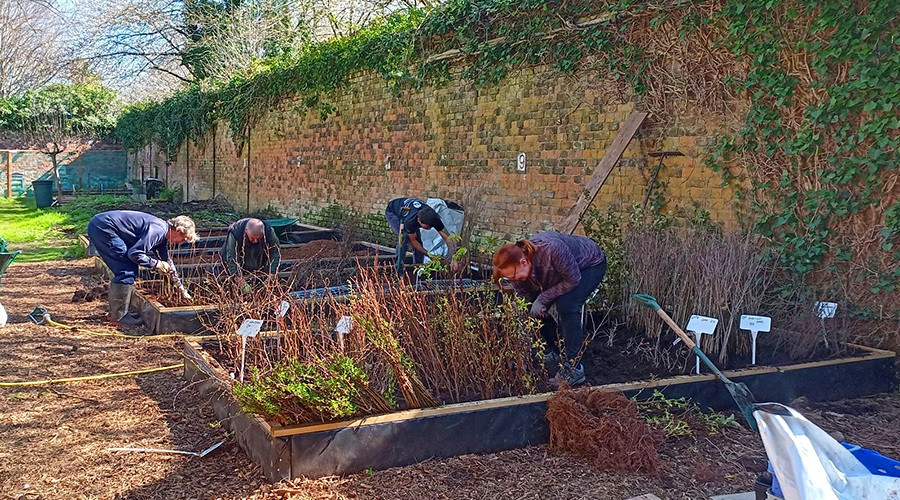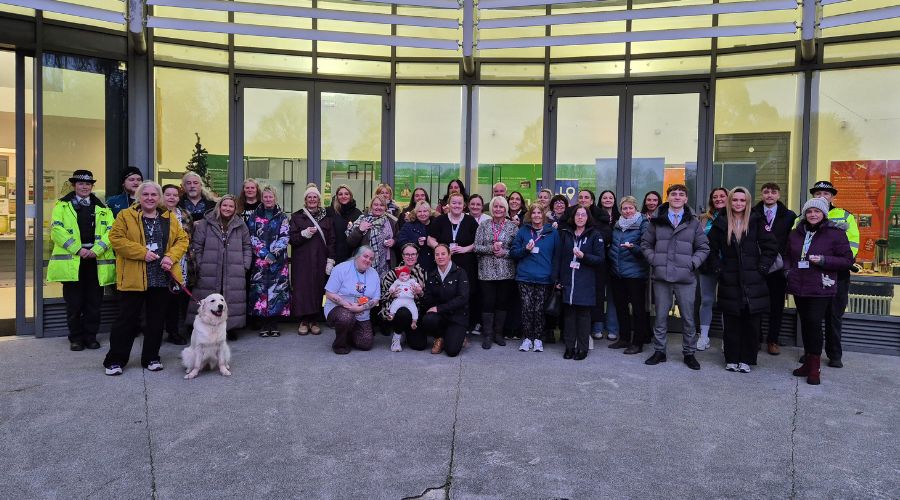Council's approach to trees leads to international recognition
Wirral has been named as a ‘Tree City of the World’ for the second straight year in recognition of local efforts to protect and develop urban trees and forests.
That is one of the headlines contained within the yearly report shortly to be considered by Wirral Council’s Environment, Climate Emergency and Transport (ECET) Committee updating them on the progress of the Tree, Hedgerow and Woodland Strategy, which is now into its fifth year.
‘Tree City of the World’ status is global recognition from an organisation called the Arbor Day Foundation and the Food and Agriculture Organisation of the United Nations.
It is given to cities and areas around the world that are demonstrating leadership in managing their urban trees and helping to address many of the common environmental issues that face communities everywhere. Only 27 areas of the United Kingdom have been named a ‘Tree City of the World’.
As part of the Wirral’s Climate Emergency declaration, the council started to implement its Tree, Hedgerow and Woodland Strategy in 2020 which sets out how the treescape of the area will be managed and developed over a 10-year period for the benefit of Wirral residents and to create an environment in which these habitats can thrive.
It is a wide-reaching strategy that sets out an inspection and management regime to protect, regenerate and care for the existing trees, hedgerows and woodlands and sets challenging targets for increasing tree cover year on year, with the principle of ‘the right tree in the right place’.
At its meeting on September 17th, members of the ECET Committee will be asked to note the progress of the Tree, Hedgerow and Woodland Strategy 2020 to 2030 and endorse the priority actions for 2025/2026.
Aside from the ‘Tree City of the World’ recognition, the progress noted from last year includes an increase of the net tree canopy cover in the borough of nearly 52,000 square metres.
Treescapes funding enabled five micro woodlands to be established at Wallacre Playground in Wallasey ward; Yew Tree Park (Leasowe and Moreton East), Ridgewood Park (Pensby and Thingwall), Carr Lane Playground (Hoylake) and Linear Park (Moreton West and Saughall Massie).
Other progress noted included:
- Nearly 18,000 tree inspections and more than 1,000 work orders carried out
- The expansion of the Wirral Tree Warden Network to 105 members.
- Establishment of a community tree nursery at Dibbinsdale Local Nature Reserve
- Draft woodland management plans produced for Arrowe Country Park, Eastham Country Park, Royden Park and Dibbinsdale Local Nature Reserve and Brotherton Park.
- Ongoing inspection, assessment and management of Ash Dieback and other diseases – and mitigation efforts such as the planting of disease-resistant Elm trees at Dawpool Nature Reserve to support habitat restoration for the White-Letter Hairstreak Butterfly and strategic planting of highway trees along key transport corridors that had been impacted by the disease.
At the same meeting on September 17th, members of the committee will be asked to give their endorsement to a refreshed Mersey Forest Plan and approve the Council’s continued membership of the Mersey Forest Partnership for the coming year.
The Mersey Forest is one of only 15 Community Forests in England and covers Merseyside and Cheshire. It is a long-term environmental regeneration programme that delivers a wide range of benefits for its members, which include seven other local authorities in addition to Wirral. It is supported by national agencies including the Forestry Commission, Environment Agency, and Natural England.
More with Trees: The Mersey Forest Plan is the strategic guide for the work of the partnership, extending to 2050 and beyond. It has provided the framework for the programme and has driven substantial progress since its inception in 1994 and has been refreshed again for 2025; members will be asked to endorse it going forward.
The Mersey Forest directly supports several Wirral Council priorities and policies, including the Tree, Hedgerow and Woodland Strategy, Environment and Climate Action Plan, Wirral Pollinator Strategy, Green and Blue Infrastructure Strategy, and the Biodiversity and Net Gain Strategy.
Partnership in the Mersey Forest delivers significant financial benefits, enabling the Council to access external funding to deliver local priorities, reducing the burden on council resources.




